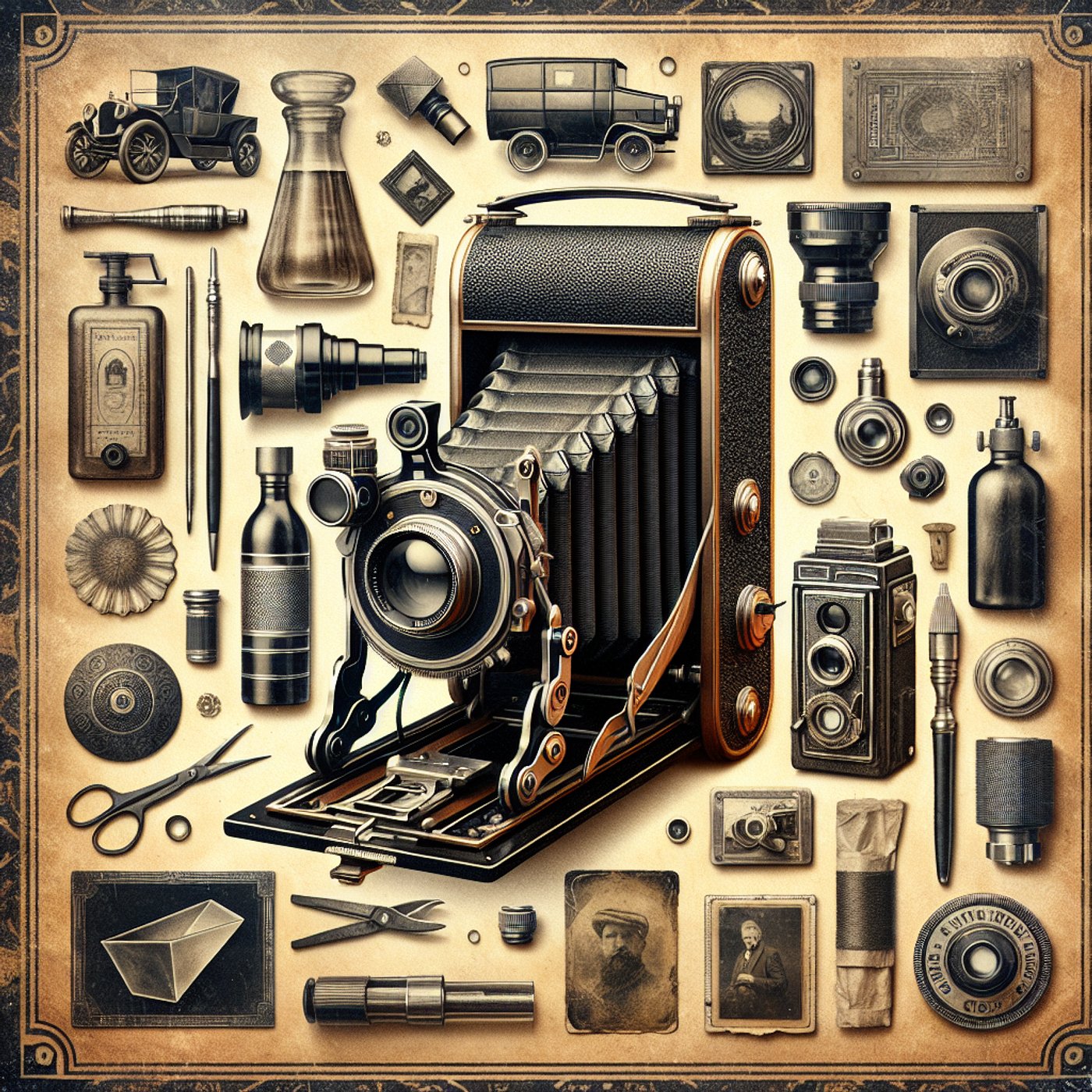
Exploring Photography's 19th Century Revolution
Description
In this episode of 'Artful Conversations,' we delve into Anika Burgess's captivating book, 'Flashes of Brilliance,' which takes us back to the 19th century. Join us as we uncover the pioneers of photography, including the revolutionary daguerreotype and the intricate wet collodion process. Discover how these innovations not only transformed art but also profoundly impacted society. Our guest reveals the challenges faced by early photographers, from dangerous chemicals to the inaccessibility of equipment. We also explore thrilling stories of adventurous photographers, like Nadar, who pushed the boundaries of this new medium. Tune in for a fascinating look at how photography became a vital part of human expression and exploration.
Show Notes
## Key Takeaways
1. The invention of the daguerreotype in 1839 was a revolutionary breakthrough in photography, allowing for the first time the capture of images in a way that amazed the public.
2. The wet collodion process introduced sharper images but required significant time, investment, and posed dangers due to the use of toxic chemicals.
3. Early photographers faced numerous risks, including exposure to harmful substances and the dangers of flash powders.
4. Photographers like Nadar and Louis Boutan pushed the boundaries of photography through daring endeavors, showcasing the adventurous spirit of the medium.
## Topics Discussed
- The significance of the daguerreotype
- The challenges of early photographic processes
- The dangers faced by photographers in the 19th century
- Notable figures in early photography and their contributions
Topics
Transcript
Host
Welcome back to another episode of 'Artful Conversations.' I'm your host, and today, we're diving into the fascinating early years of photography with the help of Anika Burgess's book, 'Flashes of Brilliance.' It's a journey back to the 19th century, where we explore the artists and innovators who transformed how we capture moments.
Expert
Thanks for having me! It's great to be here to discuss the riveting story of early photography.
Host
So, Anika, what initially drew you to explore the history of photography?
Expert
I’ve always been fascinated by how technology can change the way we perceive the world. Photography was revolutionary; it allowed people to freeze a moment in time, which was a new concept in the 19th century. This desire to document life has been part of human nature, and I wanted to explore how that started.
Host
That's really interesting! Can you give us some context about the state of photography in the early 1800s?
Expert
Absolutely! The first major breakthrough came in 1839 with Louis Daguerre's invention of the daguerreotype. It was celebrated as miraculous because it could capture images in a way that hadn't been done before. People were amazed; crowds lined up just to have their portraits taken, which was a big deal at the time.
Host
You mentioned that it wasn't very accessible to everyone. Why was that?
Expert
Great question! The early photographic processes required significant investment in time and money. For instance, the wet collodion process introduced by Frederick Archer allowed for sharper images but came with a catch: photographers had to work quickly with heavy, cumbersome equipment and volatile chemicals. This meant it was mainly the wealthy or those deeply passionate about photography who could pursue it.
Host
Wow, sounds like quite the undertaking! Were there any dangers involved?
Expert
Definitely. Early photographers faced serious risks. They worked with toxic substances like mercury and inhaled harmful vapors. Plus, there were incidents where flash powders, designed to create bright light for photos, caused explosions — some even resulted in fatalities. It was a perilous endeavor!
Host
That's astonishing! It seems like photography was as much about adventure as it was about art.
Expert
Exactly! Pioneers like Louis Boutan, who experimented with underwater photography, and Nadar, who took to the skies with hot air balloons for aerial shots, were true adventurers. Their stories show how photography was intertwined with exploration and the human spirit.
Host
I love how you frame it as an adventure. Can you tell us one memorable story from your research?
Expert
One of my favorites is about Nadar. He not only took stunning photos from his balloon but also had a knack for documenting the Parisian artistic scene. He became friends with many famous artists and intellectuals of his time, marking him as a bridge between the new photographic art form and traditional art.
Host
Anika, this has been such a captivating discussion! Thank you for sharing the brilliance of early photography with us. Any final thoughts?
Expert
Thank you for having me! I hope listeners feel inspired to appreciate the rich history behind the snapshots we take today. Every photo tells a story, just as those early images did.
Host
Absolutely! Join us next time for more engaging conversations. Until then, keep capturing those moments!
Create Your Own Podcast Library
Sign up to save articles and build your personalized podcast feed.